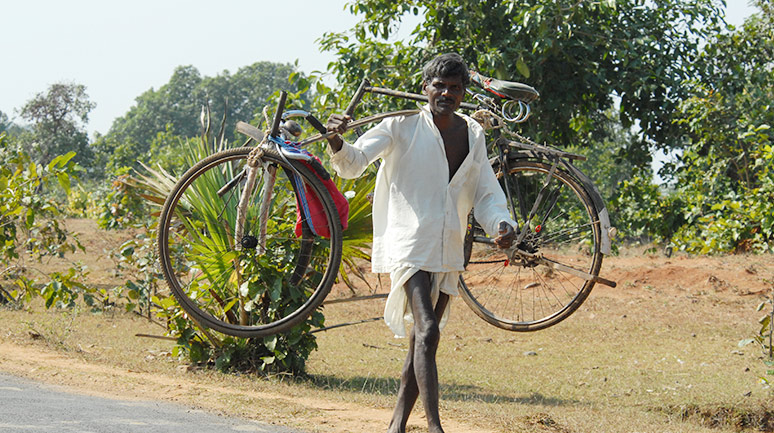The Dehuri: In Search of an Identity

Calling itself the ‘Dehuri’, the Hill Khadia tribe, the hero of this tale is in search of a space for itself in agrarian setting. Their confusions, struggles, perceptions of society and the desired role of intervention agencies constitute the body of the narration.
Introduction
T he Khadias belong to the Munda sub-group of the Austro-Asiatic languages-based ethnic group classification. They are sub-divided into three groups—the Hill Khadia, the Delki Khadia and the Dudh Khadia.
The Hill Khadias are also called the Pahari (meaning hill) Khadias, Savara/Sabar, they live in a forest and depend upon forest produce for their primary livelihood. They are listed as PVTGs (Particularly Vulnerable Tribal Groups).
These traditional hunter-gatherers were displaced from the Similipal biosphere after it was declared a Tiger Reserve in 1973. The Hill Khadias are very few in number compared to other the tribes living in and around the biosphere. The dedicated development agency (formed by the government) named Khadia Mankdia Development Agency (KMDA), in 2010, placed their population at 1908. Jashipur block of Panchpeed sub-division has the highest population of Hill Khadias. The other villagers (Ho, Bathudi and Santhal), gram panchayat officials and KMDA all say that the Khadias are not civilized, live like savages and the money spent on them is a waste.
The other villagers (Ho, Bathudi and Santhal), gram panchayat officials and KMDA all say that the Khadias are not civilized, live like savages and the money spent on them is a waste

